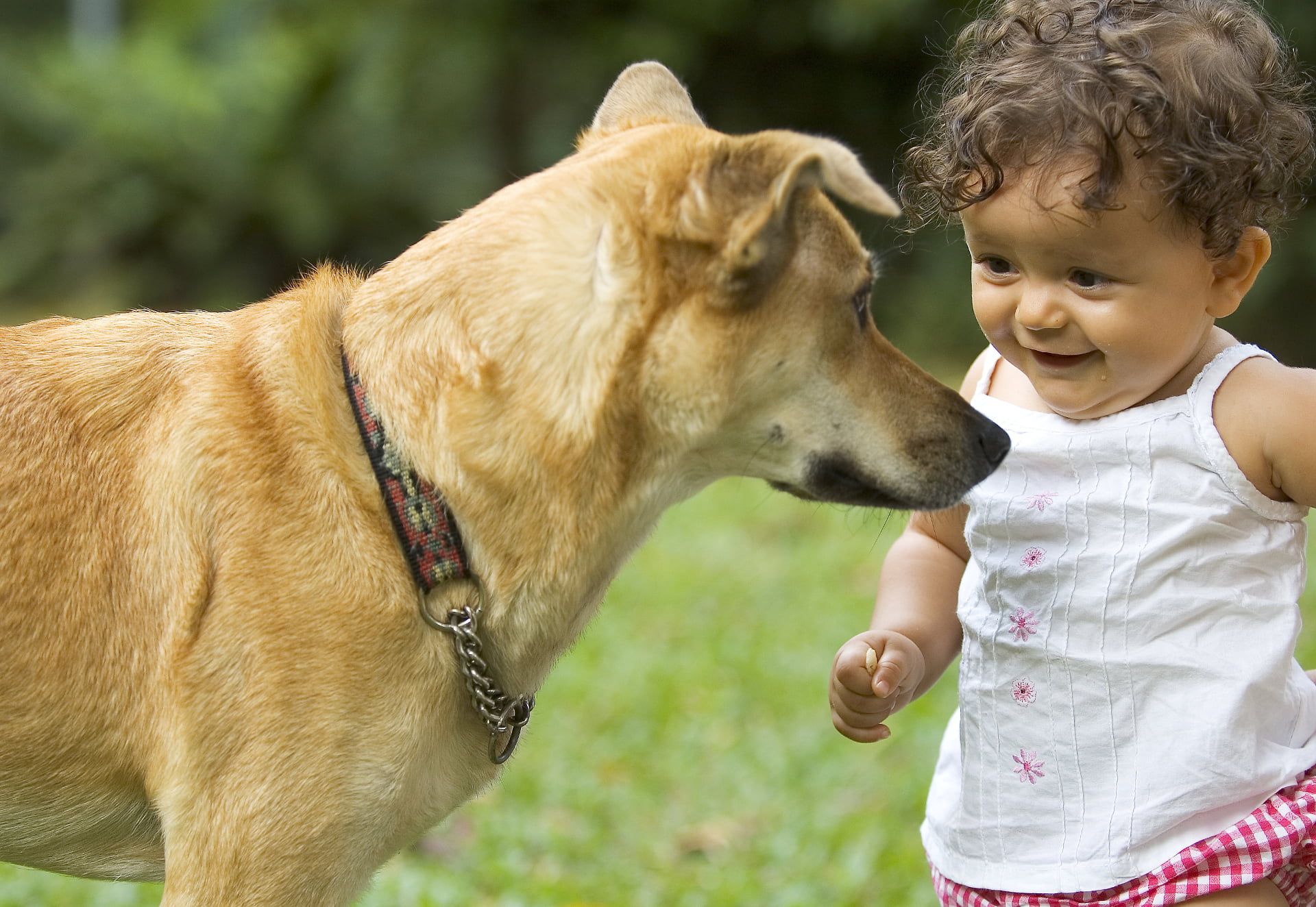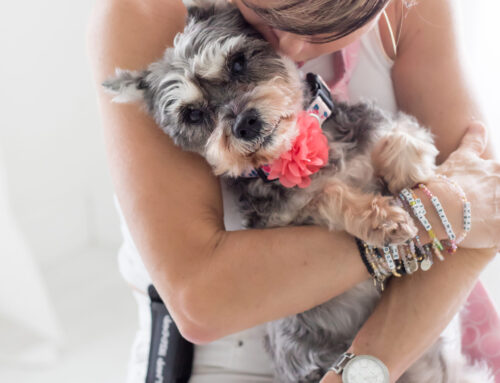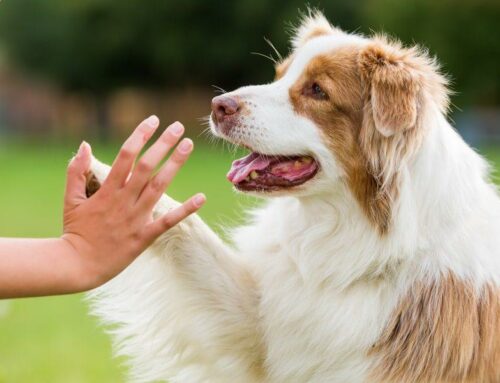Introducing your dog to children can be a nerve-racking experience. As dogs can sometimes be unpredictable, it is important to initiate a meeting in a calm, safe environment where there is plenty of adult supervision. Learn about the benefits of pet ownership for children and how you can smoothly introduce your dog to children.
Advantages of Owning a Pet for Children
Owning a pet has a number of advantages for children of all ages. Pet ownership can teach kids about responsibility by feeding, playing, and taking care of the animal. Pets also encourage their owners to stay active and learn empathy. Studies have shown that owning a pet can also lower anxiety and stress levels.
How to Safely Introduce a Dog to Children
When introducing a dog to a child for the first time, have the child quietly sit in an environment free of distractions. Allow the dog to slowly approach the child while held on a leash held by an adult. Always maintain control over the dog and do not allow the dog to jump up onto the child. You will also want to ensure that the child knows how to calmly pet the dog and that all interactions are gentle.
Based on the age of the child, you may allow the child to give the dog a treat or toy. If you have more than one child, try to have your dog meet each child separately. Provide the dog a safe spot to go and get away from everyone else in the room. This may be a cage or a dog bed in the corner of the room. When the dog goes to his “safe spot,” do not allow anyone to bother him. This is important to ensure that the pet does not respond with aggression if feeling stressed or anxious.
It can be beneficial to have a dog meet a child outdoors in a neutral location, such as a backyard or park. You do not want to make the dog feel trapped in a small room. It can take time for a pet to adjust to a new person or scenario. It is important not to rush the introduction. If the pet appears to be hesitant or nervous about the interaction, simply have the child engage in another activity and try again later on. If you find that your dog is demonstrating behavior problems during these introductions, such as jumping up on someone or barking, training may be needed. Audible handheld training tools like the Doggie Don’t training device can help correct unwanted behaviors.









